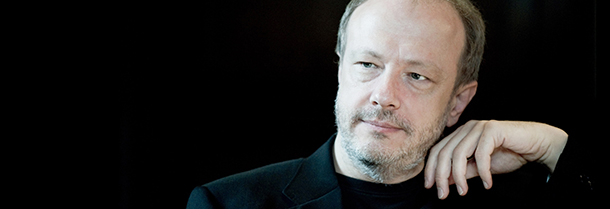Tag: live performance
-
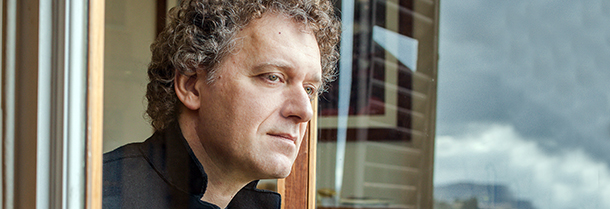
PROGRAM NOTES: ANDREA LUCCHESINI
Domenico Scarlatti Six Sonatas K 491 – K 454 – K 239 – K 466 – K 342 – K 146 The 550-odd sonatas of Domenico Scarlatti are perhaps the most successful works to migrate from the harpsichord to the modern grand piano. Their transparent texture of simple two- and three-part keyboard writing has one foot in the imitative counterpoint of…
-

PROGRAM NOTES: PAUL LEWIS
Ludwig van Beethoven 11 Bagatelles Op. 119 Beethoven’s Op. 119 is a catch-all collection of pieces written without any preconceived formal plan for the enjoyment of amateur piano enthusiasts. The last five were published first as a contribution to a pedagogical publication called the Wiener Piano-Forte Schule (1821), with the first six added to that…
-
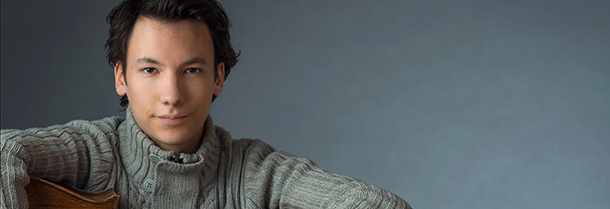
PROGRAM NOTES: EDGAR MOREAU & JESSICA XYLINA OSBORNE
Francis Poulenc Sonata for Cello and Piano Op. 143 Mozart meets Stravinsky – in a Paris cabaret. As unlikely as such a meeting might be in historical terms, it is about as good a description as you can find for the musical style of French composer Francis Poulenc. The directness of his writing, its exuberance…
-
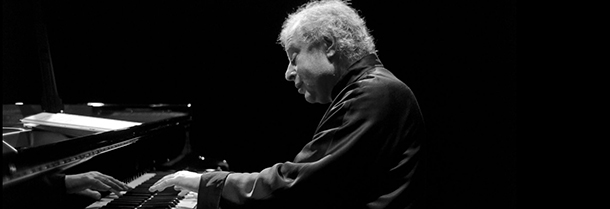
PROGRAM NOTES: SIR ANDRÁS SCHIFF
Robert Schumann Variations on an Original Theme in E at major (“Ghost Variations”) WoO 24 In February of 1854, Robert Schumann was in a state of delirium, but a very musical one. He was surrounded by ghosts, he told his wife Clara, ghosts that fed him wonderful music and had occasionally tried to drag him down…
-
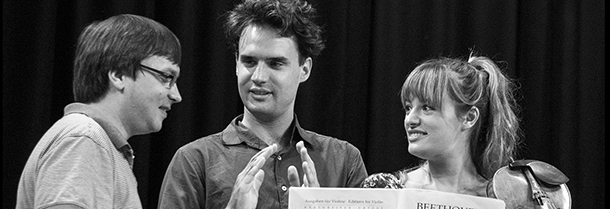
PROGRAM NOTES: BENEDETTI ELSCHENBROICH GRYNYUK TRIO
Franz Schubert Adagio from Piano Trio in E at Major Op. 148 D 897 Schubert’s Adagio for Piano Trio D 897 was composed in 1827 but only published decades later, under the publisher’s title Notturno. And indeed, the opening section does conjure up images of nighttime serenity, with its heavenly texture of harp-like arpeggios in…
-

PROGRAM NOTES: SCHAGHAJEGH NOSRATI
Johann Sebastian Bach GOLDBERG VARIATIONS BWV 988 Historical Background Such was Bach’s mastery of his musical materials that he was often tempted to explore a particular genre or compositional technique in a systematic way by providing a quasi-exhaustive compendium of its possibilities. Fugue, for example, is represented in the two books of The Well-Tempered Clavier…


